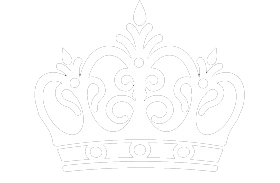The oldest jewelry in the world
- kukkikja
- Nov 8, 2023
- 2 min read

The oldest jewelry in the world has been discovered in various archaeological sites and dates back tens of thousands of years. These ancient adornments were typically made from materials like shells, bones, teeth, stones, and later, metals. Here are a few notable examples:
1. Beads from Blombos Cave (South Africa): In 2004, researchers discovered shell beads in Blombos Cave, South Africa, that are believed to be around 75,000 years old. These perforated shells are considered some of the earliest known examples of jewelry and serve as evidence of symbolic and ornamental behavior in early humans.
2. Beads from Skhul and Qafzeh Caves (Israel): Shell beads and pendants were found in Skhul and Qafzeh Caves in Israel dating back to around 100,000 years ago, making them some of the oldest examples of personal adornments.
3. Ostrich Eggshell Beads (Africa): Ostrich eggshell beads have been discovered in various parts of Africa, with some dating back over 50,000 years. These beads were often used as necklaces and are indicative of early humans' ability to create and appreciate decorative objects.
4. Lalibela Crosses (Ethiopia): Lalibela crosses, made from a single piece of stone, have been found in Ethiopia and are believed to be over 900 years old. These crosses are intricately carved and represent a significant cultural and religious form of jewelry.
5. Gold Jewelry of Varna (Bulgaria): In 1972, a burial site in Varna, Bulgaria, yielded some of the oldest known gold artifacts in the world, dating back to around 4,500 BCE. The items included intricate gold jewelry, such as earrings and necklaces, demonstrating the advanced craftsmanship of the time.
6. Sumerian Jewelry (Mesopotamia): The Sumerians, who lived in ancient Mesopotamia, are known to have created various forms of jewelry, including gold and silver pieces. Some of their jewelry dates back to around 2500-2600 BCE.
These ancient examples of jewelry showcase the early human desire for personal adornment and self-expression, as well as the development of artistic and technical skills. While these artifacts may differ in materials and styles, they all provide valuable insights into the cultural, social, and artistic aspects of their respective time periods.
Recent Posts
See AllImagine this… In a little boutique tucked away in the heart of Vienna, a woman runs her fingers across a delicate gold necklace. Its...






















Comments